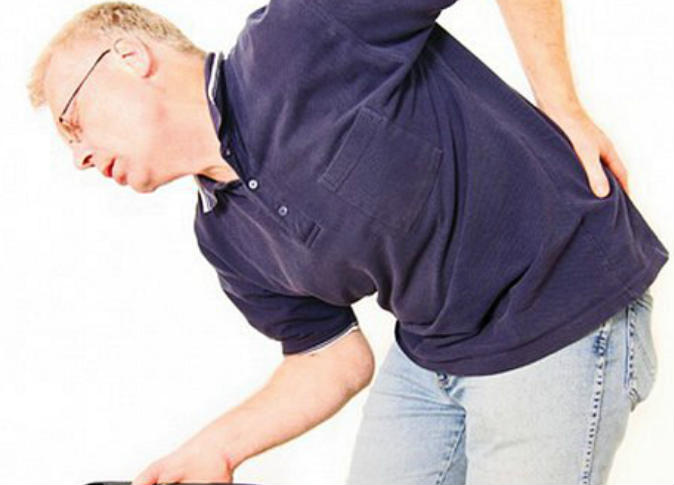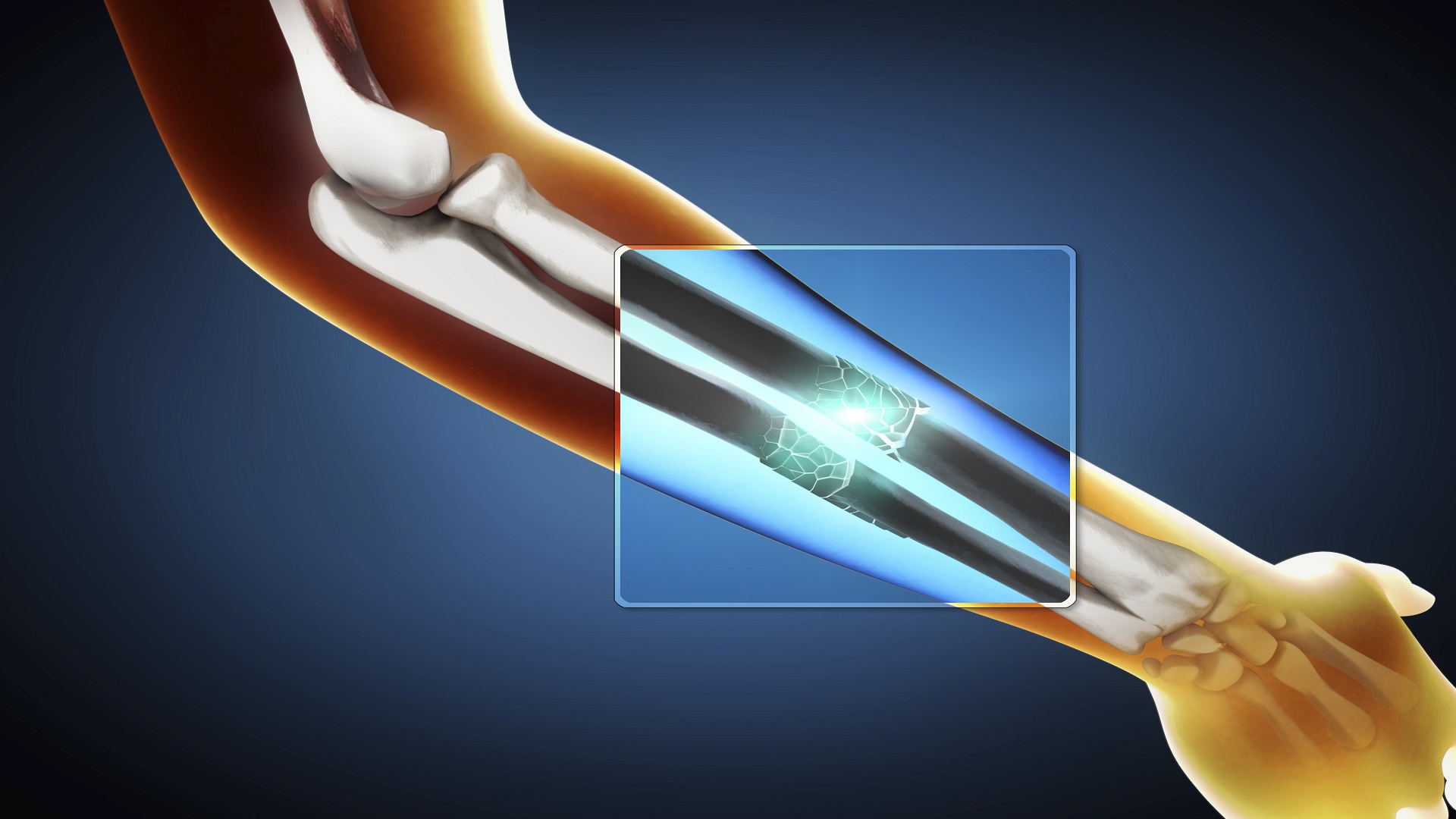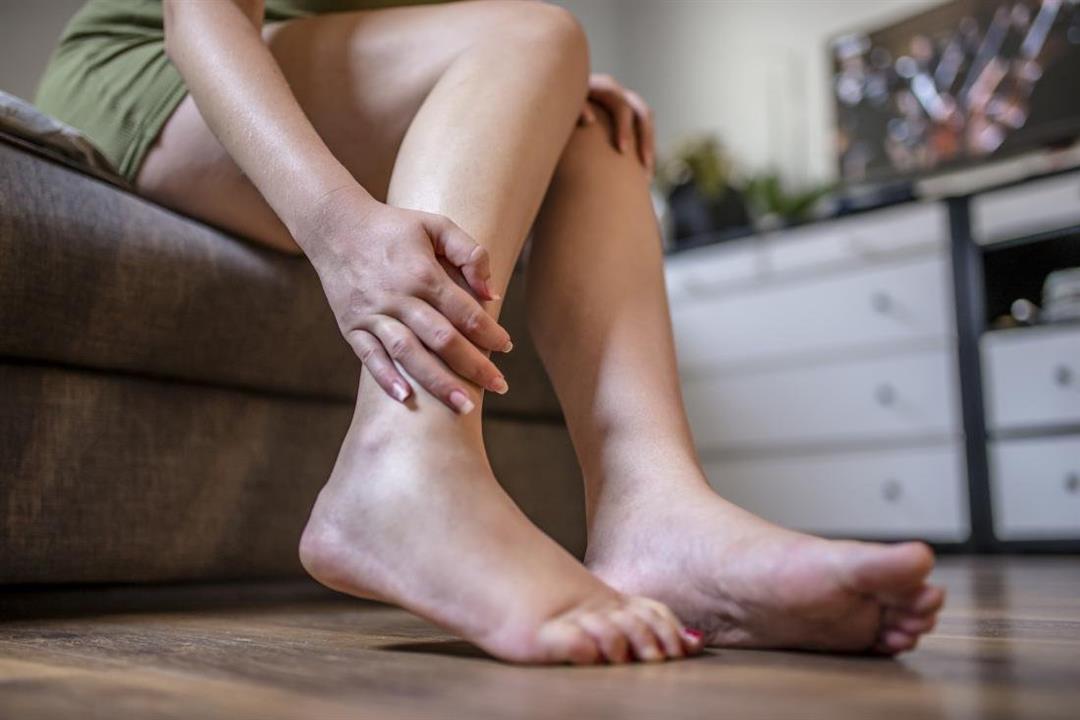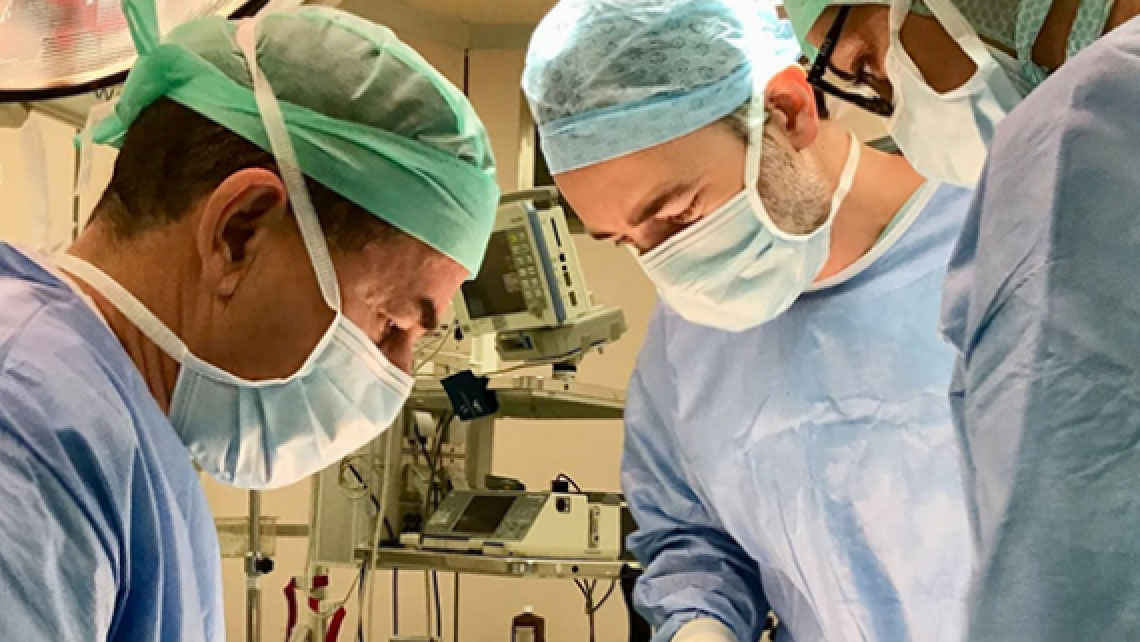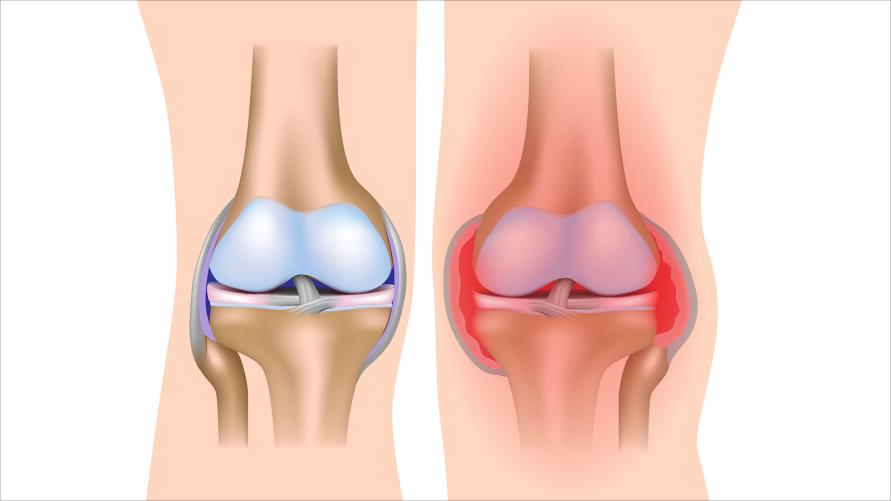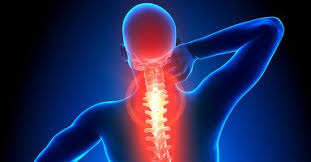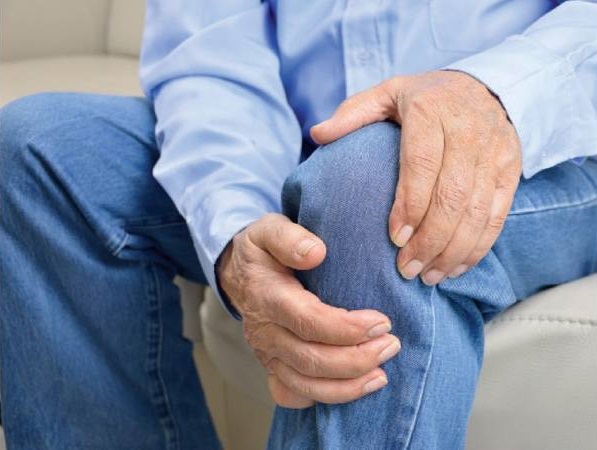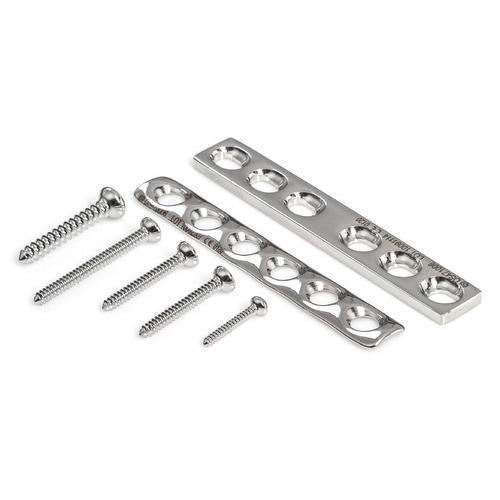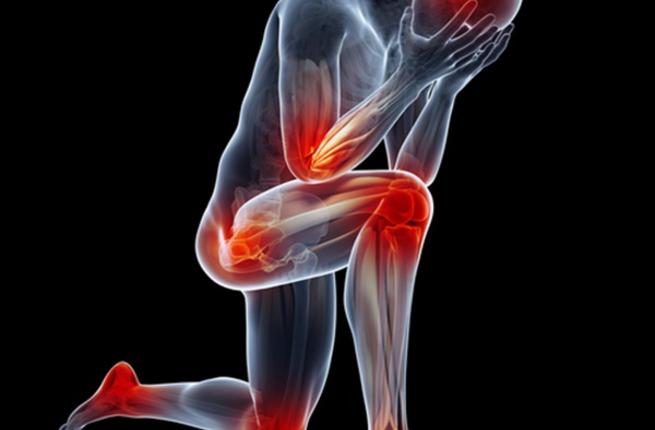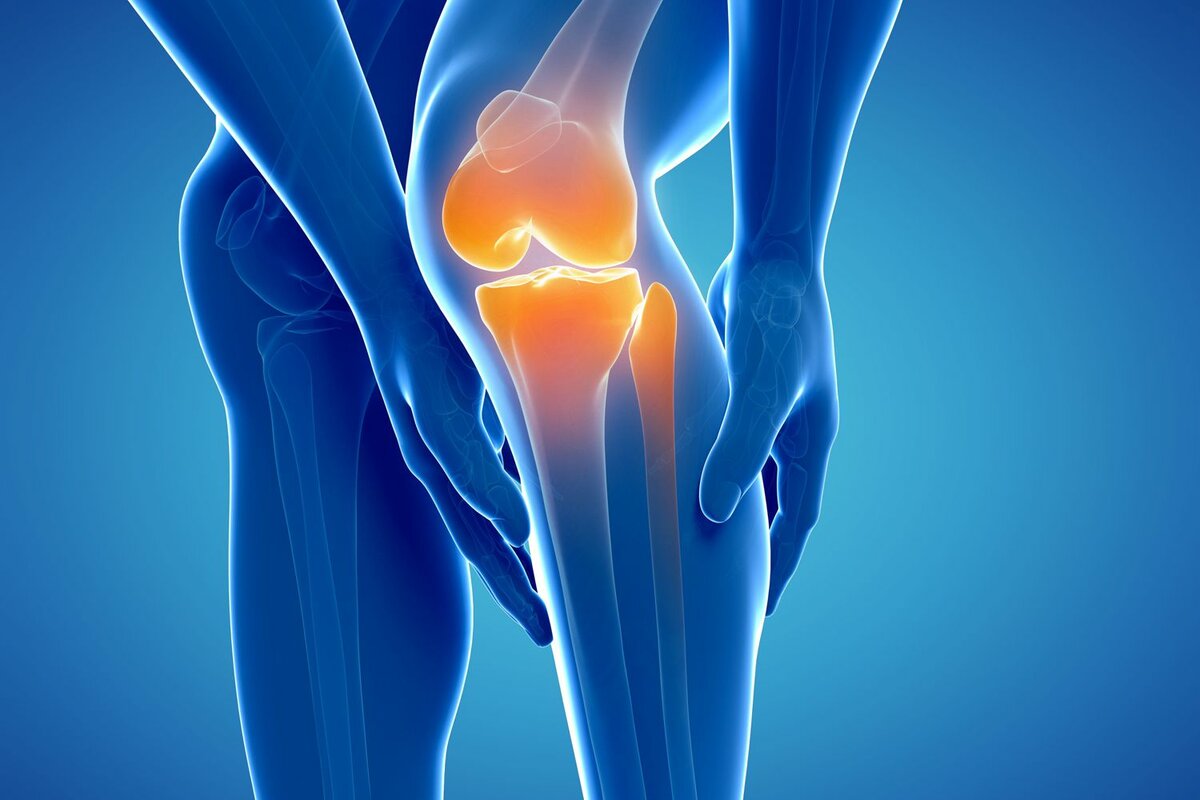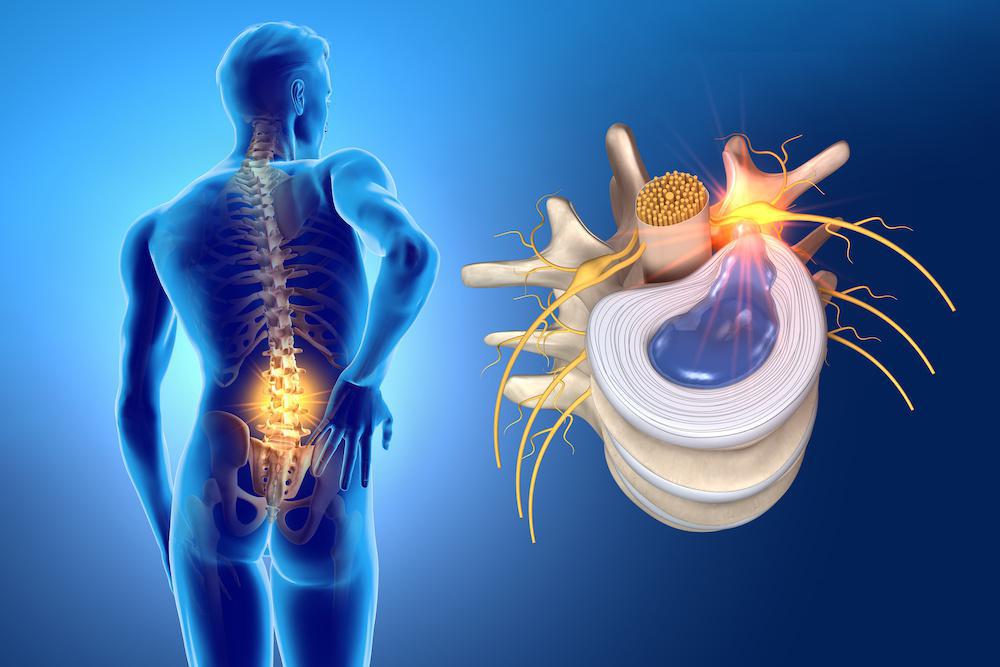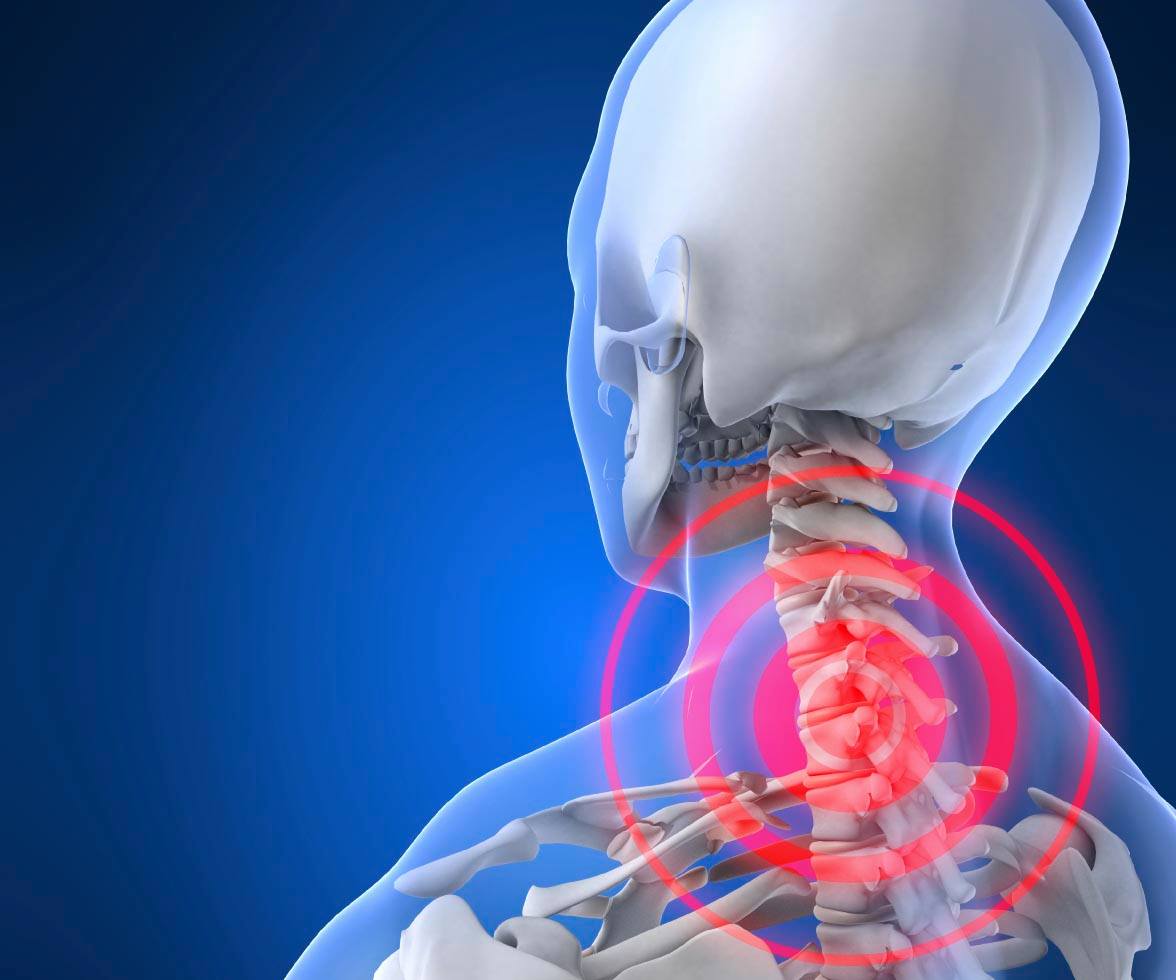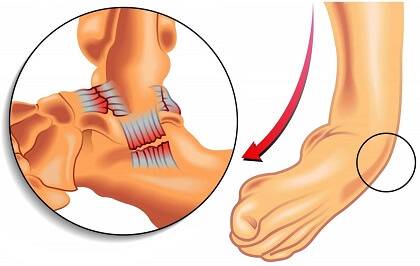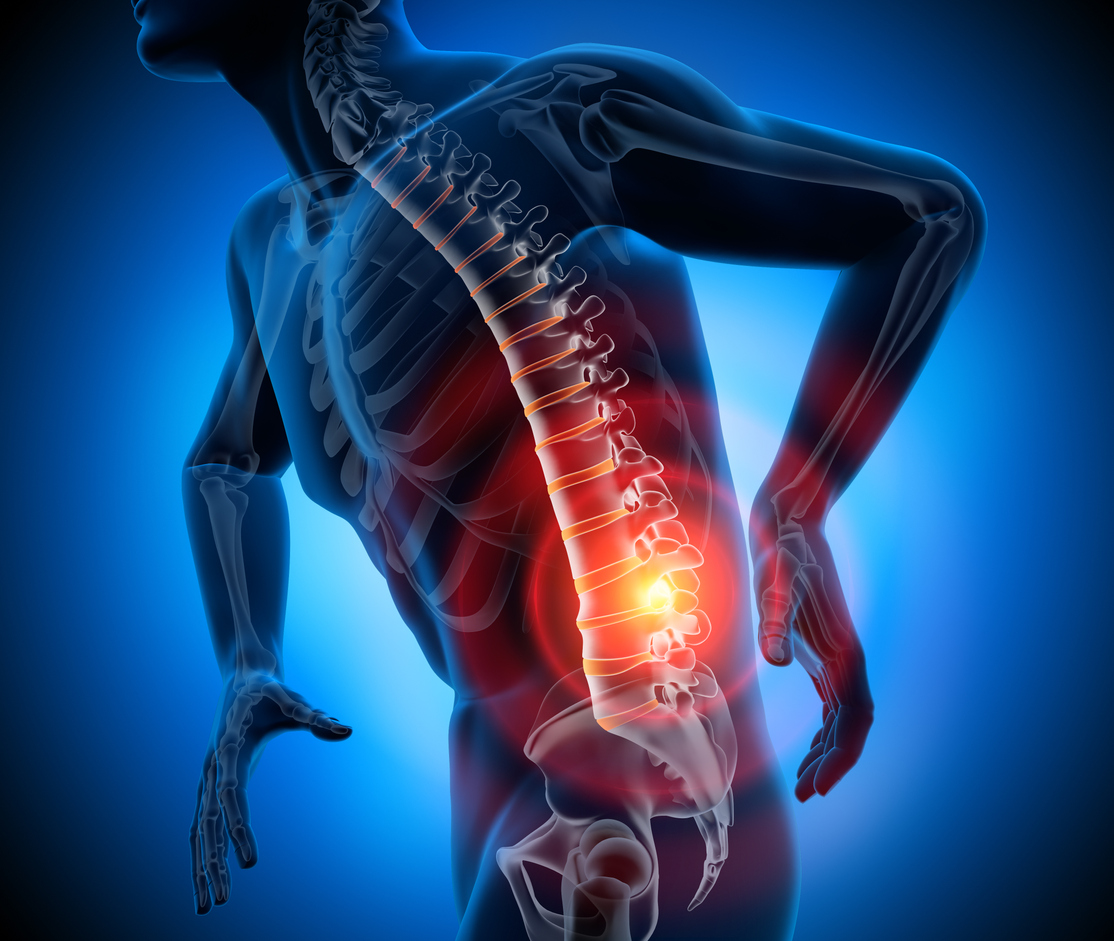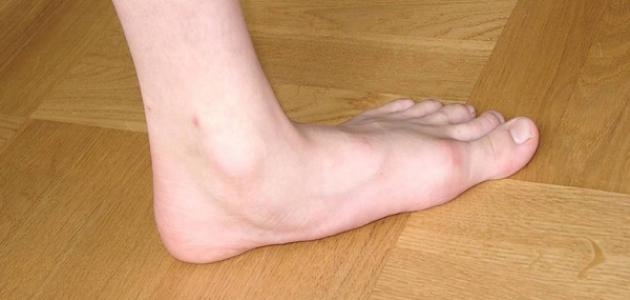Pain in the Right Heel and the Main Causes Leading to This Condition
Pain in the right heel, in this article, we will thoroughly discuss the causes of pain in the right heel, the possible diagnosis of this condition, and the factors that may increase the likelihood of its occurrence. We will also review the available treatment options to relieve pain and treat the condition, including medical treatments, physical therapy, and rehabilitation exercises.

Pain in the right heel
Pain in theheel of the right foot is one of the common problems faced by many people, and the person feels pain when the heel of the foot touches the ground or when sitting and placing the heel on a raised place. This pain can cause discomfort and affect the ability to walk and perform daily activities.
The causes of pain in the right heel are varied and may include diseases such as plantar fasciitis, osteomyelitis, rheumatoid arthritis, and lumbar spinal stenosis. The person suffering from pain should consult a rheumatologist to diagnose the condition and identify the cause of the pain.
It is important to perform the necessary tests and analyses to determine the type of inflammation and its ability to control the pain, and the appropriate treatment may be prescribed through a rehabilitation program that targets strengthening the muscles and reducing pain and improving mobility.
It is also recommended to follow some recommendations and guidelines to reduce pain and improve comfort, such as wearing comfortable shoes that provide the necessary support for the foot, avoiding standing and walking for long periods without rest, using ice or warm water to relieve pain, and performing stretching exercises in the foot before starting any sports activity.
Move with confidence and comfort with the treatment of pain in the right heel from Dr. Amr Amal.
Causes of heel pain
We will review some common causes of heel pain that can affect people of all ages, and by obtaining information from reliable medical sources, we can identify some of the main causes of this type of pain. Remember that you should always consult a doctor if you are experiencing any persistent symptoms or pain in your heel.
- Plantar fasciitis: One of the most common causes of heel pain is plantar fasciitis, which occurs when these ligaments at the base of the foot become inflamed, usually causing severe pain in the affected foot, which is usually most intense in the early morning and may gradually subside during the day.
- Tendinitis: Tendinitis may be another cause of heel pain, and it usually occurs when the tendons in the foot are overused or injured, which can cause pain in the heel and make movement difficult and painful.
- Stress and overexertion: Heel pain may be due to excessive stress and overexertion, and when the foot is subjected to severe stress or excessive fatigue, the pain may develop gradually, usually as a result of high jumping, walking, or running long distances without taking enough rest periods.
- Ankle sprain: Ankle sprain can also cause pain in the heel area, and when the ankle exceeds its normal range of motion, this can cause tearing of the surrounding tissues, resulting in severe pain, which may be the result of a fall or a violent moment of the foot.
- Other factors: Some other causes that may lead to heel pain are: wearing inappropriate or high-heeled shoes, joint inflammation, muscle strain, and plantar fascia.

Symptoms of heel pain
Heel pain is a common problem that many people suffer from, and it can be annoying and affect daily movement and activity. Here is a list of the different symptoms of heel pain that you may experience:
- Severe heel pain: A person may experience severe pain in the heel, especially when standing up after sleeping for long periods.
- Persistent or continuous pain: Some people may suffer from persistent pain in the heel, whether it is continuous or during walking and movement.
- Swelling in the heel: Some people may notice swelling in the heel, which can be accompanied by pain and inflammation in the area.
- Difficulty in movement: Heel pain can affect the ability to move easily, and therefore, there may be difficulty in walking or standing for long periods.
- Pain with pressure: In some cases, a person may feel pain when pressing on the heel, such as when wearing shoes or standing on a hard surface.
- Skin redness: Sometimes, there may be redness of the skin around the painful area, indicating the presence of inflammation.
- Numbness or tingling in the heel: Some people may experience numbness or tingling in the heel, which may be due to pressure on the nerves in the area.
It is important to consult a doctor if these symptoms apply to you, as there can be different causes behind heel pain, and through proper medical diagnosis, the doctor can identify the cause and guide the appropriate treatment.
Enjoy an active and healthy life after the innovative treatment of pain in the right heel with Dr. Amr Amal.
When does heel pain require a doctor’s visit?
Heel pain is one of the common problems that many people suffer from, and it may have various causes, with inflammation of the Achilles tendon being one of the most prominent causes of this pain, as it irritates and swells the Achilles tendon, causing a feeling of discomfort in the heel. Additionally,
Heel spurs may be another cause of pain, especially in adolescents, as the heel has not fully matured yet, and the body’s movement in adolescents can cause physical discomfort in the back or under the heel.
There are some symptoms that require a visit to the doctor when experiencing heel pain. For example, if the heel pain persists for more than a week, or if there is swelling and ulceration near the heel, it is necessary to consult a doctor immediately. Additionally, if you are unable to bend the foot downward, stand on your toes, or walk as usual, you should contact a doctor.
In case of heel pain accompanied by fever, numbness, or tingling, that is another reason to see a doctor. It is advised not to delay problems related to heel pain, in order to ensure proper consultation with a doctor, accurate diagnosis of the condition, and obtaining the appropriate treatment.

Is heel pain dangerous?
Heel pain is one of the symptoms that many suffer from, and it often results from several causes. Although the pain may be annoying and affect a person’s life, it is not necessarily dangerous. The pain may be due to Achilles tendon entrapment, joint inflammation, or repetitive stress on the foot.
Aging and tissue damage, as well as the long-term effects of some other diseases, can increase the likelihood of developing heel pain.
Individuals with chronic heel pain should consult an orthopedist for accurate diagnosis and to develop an appropriate treatment plan. It is also important to avoid excessive pressure on the foot and wear appropriate shoes, as well as perform muscle strengthening exercises to reduce symptoms. It is good to address the pain at an early stage before it worsens and affects daily quality of life.
Consult Dr. Amr Amal for accurate diagnosis and comprehensive treatment of pain in the right heel.
How can you prevent pain in the right heel?
Right heel pain can be annoying and affect our daily lives, but by following some simple measures, we can reduce the likelihood of this pain occurring. Here is a list of medical advice for preventing right heel pain.
- Ensure adequate rest:
- Allowing the foot adequate rest is one of the important factors in preventing right heel pain. Reduce strenuous physical activity and excessive effort on the feet, and rest as much as possible to allow the tissues to recover.
- Avoid exposure to cold:
- Exposure to cold, along with exposing the heel to cold air currents, can irritate the tissues and increase the chances of developing right heel pain. Wear thick socks and keep your feet warm in the winter.
- Wear suitable and comfortable shoes:
- It is essential to choose shoes that provide proper support and fit for the feet. Avoid high-heeled or uncomfortable shoes that do not provide adequate support.
- Perform foot muscle strengthening exercises:
- Perform exercises to strengthen the muscles of the feet and legs, such as exercises to extend and contract the feet, heels, and toes. This will help strengthen the muscles and improve their responsiveness, protecting them from stress.
- Perform stretching exercises:
- Perform regular stretching exercises for the feet and legs, focusing on stretching the leg muscles and calves.
- Manage weight:
- Losing excess weight is a necessary step to prevent right heel pain, as extra weight puts additional pressure on the feet and increases the risk of injury and inflammation.
- Consult a doctor:
- If the pain persists and does not subside after following the previous steps, it is important to consult a specialist doctor, who may prescribe non-steroidal anti-inflammatory medications or the necessary physical therapy to relieve the pain and improve the condition.
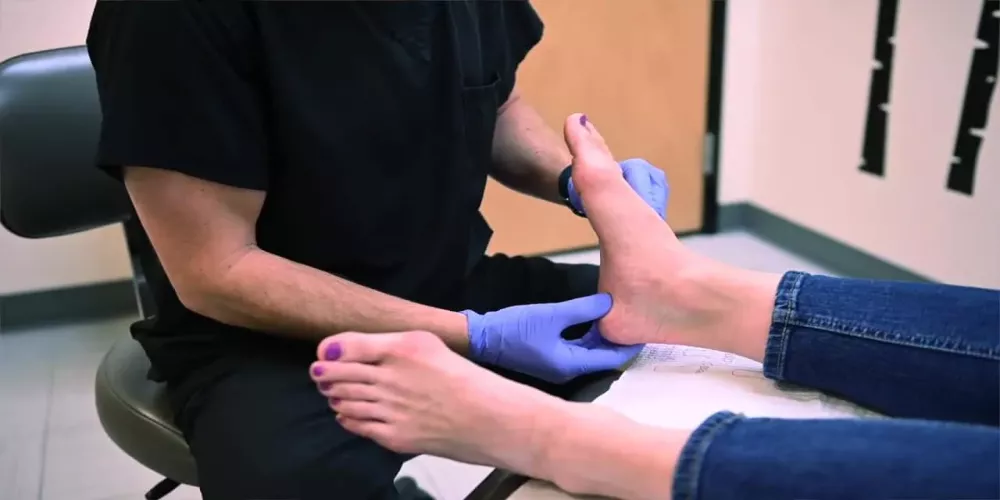
How to get rid of heel pain?
Heel pain is a common problem that can cause a lot of discomfort and stress. To get rid of this pain and alleviate the accompanying symptoms, there are many effective and tried-and-true methods that can be followed. Here is a comprehensive guide on how to get rid of heel pain:
- Adequate rest:
- The foot should be given the necessary rest by avoiding strenuous activities and relaxing as much as possible.
- It is important to avoid prolonged standing or walking that can increase the pain.
- Ice application:
- Ice is an effective way to relieve heel pain. It is recommended to apply a cloth filled with ice to the leg for 10 minutes twice a day.
- Applying ice helps reduce inflammation and alleviate pain.
- Taking pain relievers:
- Pain relievers such as paracetamol or ibuprofen can be taken to relieve pain and swelling.
- However, it is advisable to consult a doctor before taking any pain relievers to ensure their suitability for your overall health condition.
- Wearing appropriate shoes:
- It is essential to choose shoes that are suitable for the feet, and it is preferable to choose shoes that provide good support and fit the feet well.
- High-heeled shoes or those that do not provide adequate support for the foot should be avoided.
- Using a night splint:
- The night splint device is an effective option for relieving heel pain during sleep.
- This device works by stretching and stabilizing the foot in a proper position to reduce pain and pressure on the heel bone.
- Extracorporeal shockwave therapy:
- Extracorporeal shockwave therapy may be considered an effective method for treating heel pain.
- This treatment directs sound waves to the painful area in the heel to stimulate healing and relieve symptoms.
Get rid of pain and discomfort thanks to Dr. Amr Amal‘s treatments for pain in the right heel
Who is the specialist doctor for treating heel pain?
Dr. Amr Amal is the specialist doctor for treating heel spur pain. Dr. Amr Amal is an expert in orthopedics and surgical operations, with comprehensive knowledge of heel spur pain and the best methods to get rid of it. In addition, Dr. Amr Amal works as a faculty member at Ain Shams University and a consultant for orthopedic surgery and joints at the same university.
The satisfaction of patients finds Dr. Amr Amal receiving them in a kind and polite manner, and he attentively listens to the explanation of the problem before starting the examination. After the examination, Dr. Amr Amal expresses an accurate diagnosis and prescribes the appropriate treatment for each case. Dr. Amr Amal’s reputation is renowned among patients due to the positive treatment results he has achieved throughout his professional career.
Under the supervision of Dr. Amr Amal, patients can be confident that they are on the path to recovery, as he combines clinical experience and academic knowledge to provide superior medical service. Those seeking treatment for heel spur pain can consider Dr. Amr Amal as a reliable choice to receive the appropriate care and treatment.

